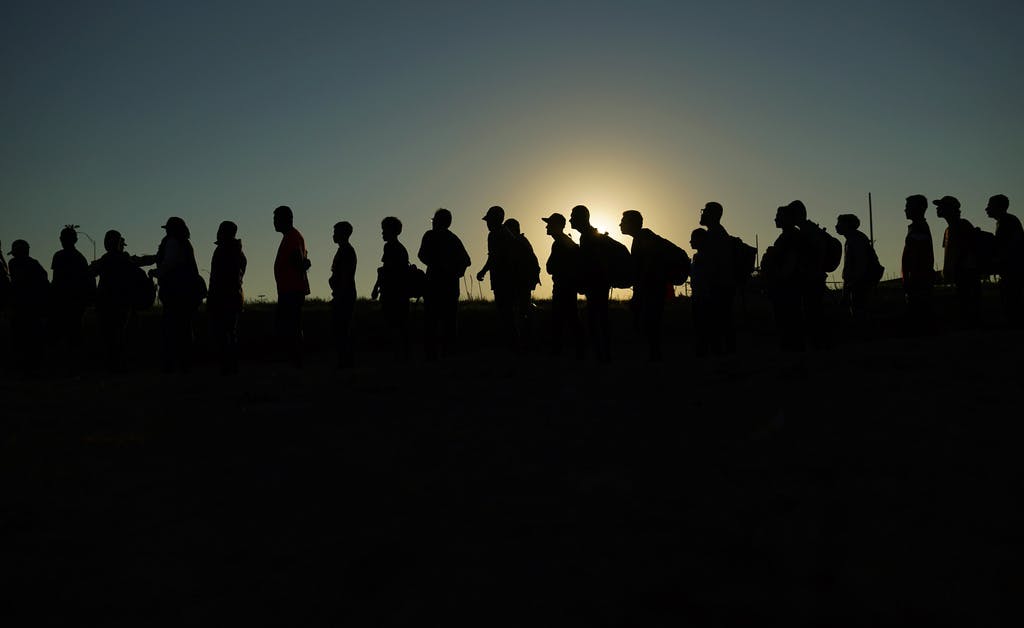Appeals Court Weighs Immigration Law in Rapidly Shifting Legal Clash Between Biden Administration and Texas
A three-judge panel asked pointed questions to both sides on Wednesday, as Texas argued it had a right to defend itself and the federal government insisted entry and removal of migrants is in its purview alone.

In what has become a rapidly changing legal dispute over a new Texas immigration law allowing the state to arrest and deport migrants in the country illegally, the Fifth Circuit court heard arguments on Wednesday as the three-judge panel appeared skeptical of some — but not necessarily all — parts of the legislation.
Please check your email.
A verification code has been sent to
Didn't get a code? Click to resend.
To continue reading, please select:
Enter your email to read for FREE
Get 1 FREE article
Join the Sun for a PENNY A DAY
$0.01/day for 60 days
Cancel anytime
100% ad free experience
Unlimited article and commenting access
Full annual dues ($120) billed after 60 days

